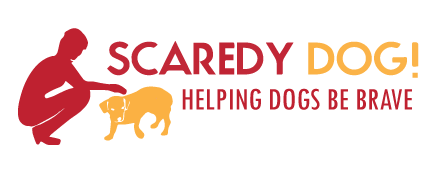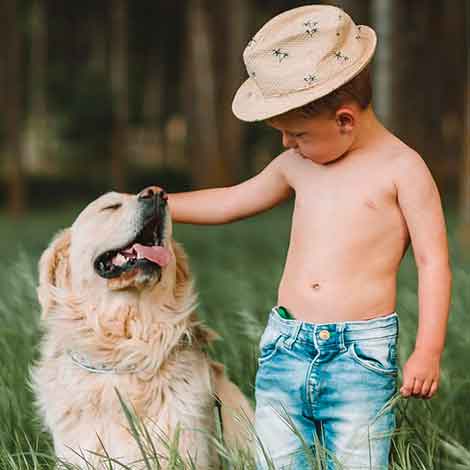Crate Training Your Scaredy Dog
Is crate training good for scaredy dogs?
Crate training is a great way to calm an anxious dog or to keep a high-energy dog out of trouble while you’re gone, particularly if your dog tends to get destructive. Your dog’s crate will be his ‘safe spot’ where only good things happen. Make it comfortable for him by leaving blankets to lie on and cover the top and sides of the kennel with a blanket to make it dark and soothing. Give him toys to chew on (but make sure it’s nothing he can tear apart and swallow!) Playing soft music in the background is a bonus.
As always, take training with scaredy dogs very slow – if your dog is uncomfortable with whatever you’re doing, stop and keep at the previous step. If you scare your dog by moving too fast, you’ve just undone all of the progress you’ve made.
How to crate train your dog
Step 1:
Drop a treat in the kennel so that your dog has to go into the kennel to get it. Then let him leave the kennel. That’s it! It also helps if you feed him in his kennel every day so that he starts associating the kennel with good things. Don’t shut the door yet, let him come and go as he pleases. It’s his choice to stay in the kennel and get food or to leave. Don’t force the issue if he chooses not to go into the kennel for food – try smaller, less scary steps.
Step 2:
Once he’s comfortable eating in his kennel, you can shut the door for a second while he’s busy eating. Shut the door briefly and then open it again – he might not even notice! You can gradually shut the door for longer and longer periods of time until you shut it when he goes in and open it again when he’s done eating.
Step 3:
At this point, your dog may go into his kennel and stare at you to signify that it’s mealtime – that’s great! Try closing the door while he’s inside for a second and then opening it again to give him dinner. You can gradually make him wait longer and longer for his dinner. You can also wait longer after he’s finished dinner to let him back out.
Step 4:
Try leaving the room. Put your dog in the kennel and treat him, walk out the door and come right back in, and then reward your dog with a treat. Gradually build this up so that you can put him in his kennel, go to make his dinner, and then come back to give it to him. If your dog has separation anxiety, you must take this step extremely slow. If your dog panics or cries when you leave the room, try giving him his food and then leaving for a second while he’s eating it. If your dog refuses to eat his food if you leave the room, give him a high value but long-lasting treat, like a Kong stuffed with peanut butter. Then build your time out of the room very gradually.
Step 5:
Hopefully at this point, your dog will love his kennel and will go in willingly just to hang out. Always treat your dog for going into his kennel when you ask him to and letting you shut the door. You can leave for longer and longer periods of time. You can also try leaving him a stuffed Kong or long-lasting chew to keep him entertained while you leave. If your dog is anxious or high energy, exercise him before you have to leave. Otherwise he may tear up the blankets, or even chew on the bars!
Do you want to keep up with our training guides?
For more helpful tips on handling your scaredy dog, please take a look at our Training Guides. We also have our FAQ page and you can also find Scaredy Dog on Facebook.





